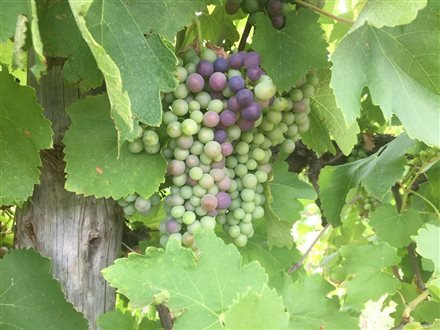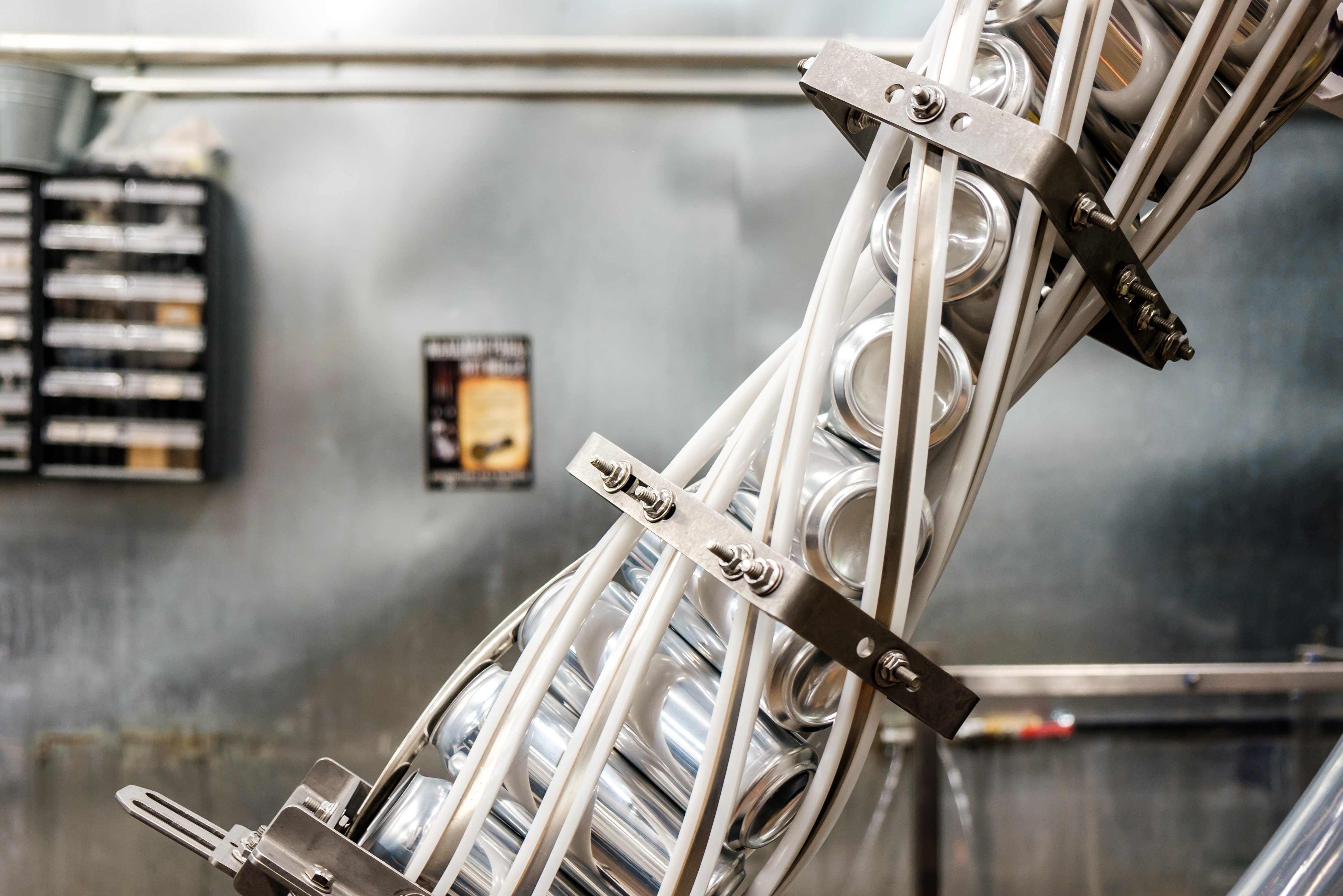While there has been wide concern over wine grapes in Australia ripening earlier each year due to climate change, many regions are bucking the trend this season.
Reports from around the country reveal most wine regions are running weeks behind schedule on vintage.
Angove Family Winemakers' viticulturist Nick Bakkum, who is based in Renmark, posted a pic on Twitter today (pictured right), noting: "Finally we have some colour and the start of the ripening process, 3 weeks behind last year."
McLaren Vale winemaker James Hook told Food Navigator last month that his region was also running about three weeks behind, meaning most grapes will be picked in March.
Meanwhile, ABC Rural reported earlier this week that while Duncan Harris, from Harris Organic Wines in the Swan Valley, has picked his first grapes of the season - an early variety called Madeleine, also known as Sweetwater - other vineyards in the region were still two to three weeks away from harvest.
"Vintage is shaping up very well for the Swan Valley this year," Harris said. "Last year we had minimal rainfall and some hot December days, but this year we've had much more rain and a cooler winter. Delayed ripening and a longer ripening period brings greater flavour, so we're going to make some great wines this year."
Last year, many Swan Valley vineyards kicked off their vintage during the first week of January.
Last month, Australian Vignerons board member Colin Bell predicted to Food Navigator that most winemaking regions would experience autumn pickings, away from the heat of summer.
"I'm quite excited about the quality of whites that could come off in the late summer to autumn conditions," he said. "I'm hoping we'll have a fresher, more acidic, aromatic profile."
A 2011 study by Melbourne University's Leanne Webb, examined the vintage records of 44 vineyards, some of which went back as far as 115 years, and found that grapes had ripened at a rate of 1.7 days a year earlier between 1993 and 2009, with a later study finding that the change was driven by a warmer temperatures and lower soil moisture content.
To cope with the warming climate, some vineyards are looking to expand into cooler climates such as Tasmania.
Share the content










